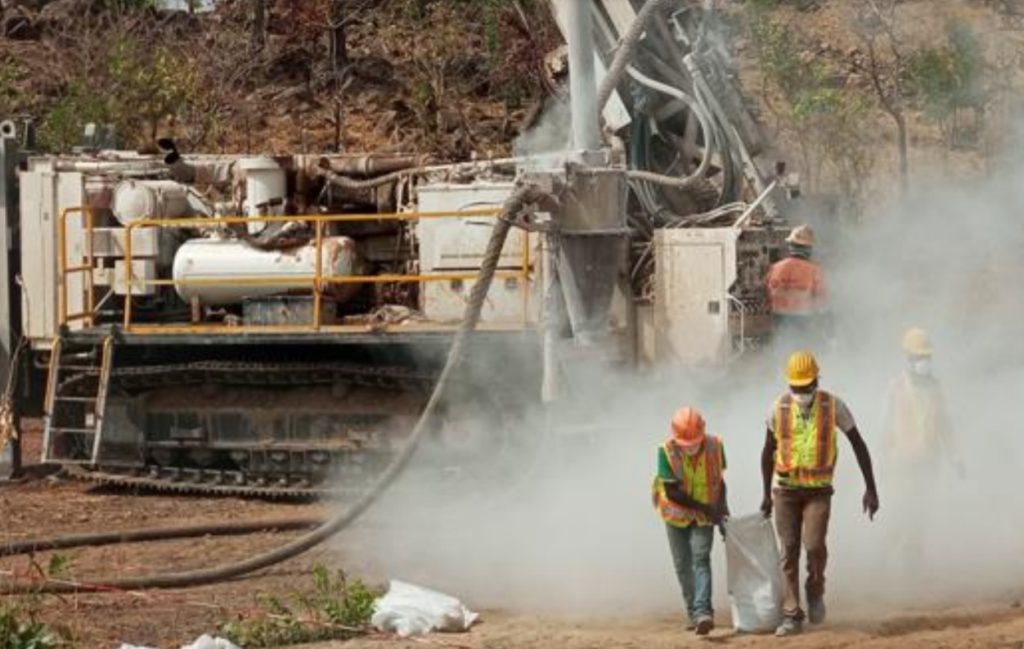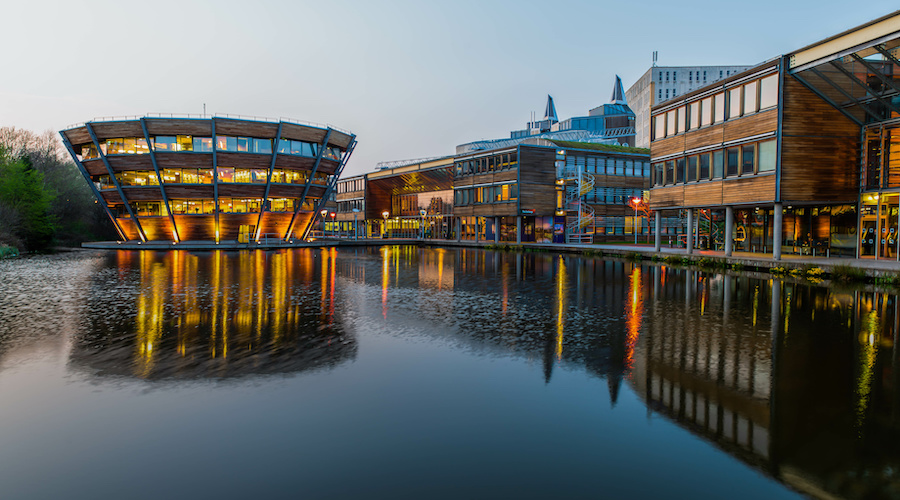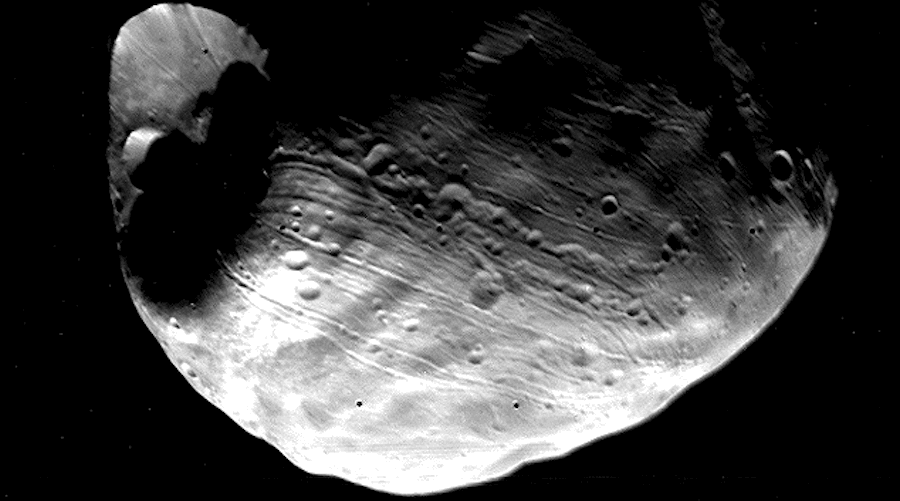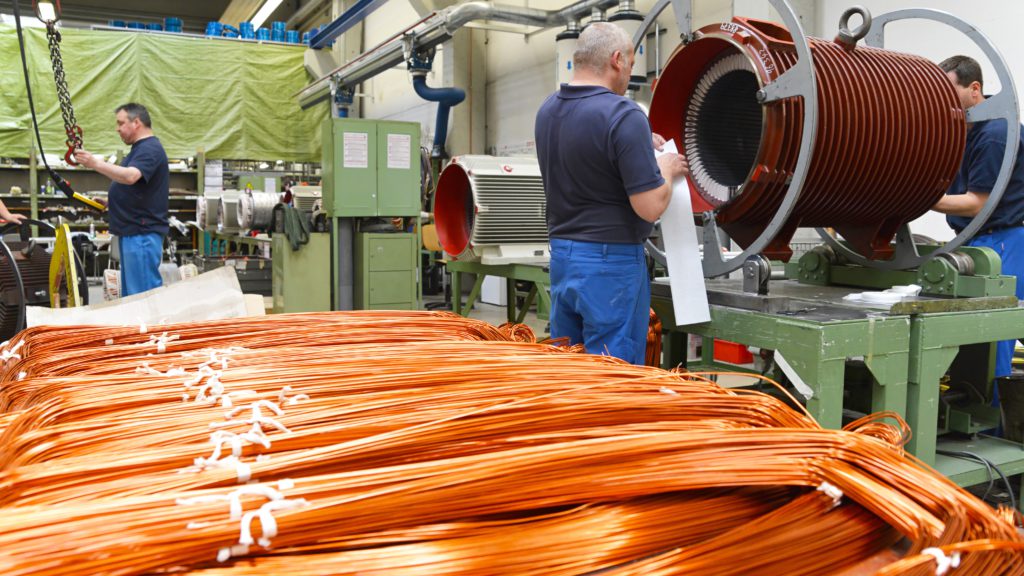Mining
Wednesday, July 6th, 2022 8:45 am EDT

Amongst the highlighted results are drill hole KDD22-006, which assayed 34 metres at 5.81 g/t gold from 67 metres, including 5 metres at 33.31 g/t gold from 70 metres, followed by a separate interval of 14.15 metres at 6.46 g/t gold from 197.9 metres, including 3 metres at 28.73 g/t gold from 203 metres.
Notable results also came from drill holes KDD22-003 (50 metres at 2.85 g/t from 21 metres, including 7 metres at 13.47 g/t from 36 metres), KDD22-033 (25 metres at 5.32 g/t from 26 metres, including 14 metres at 9.10 g/t from 26 metres) and KDD22-007 (37 metres at 3.50 g/t from 98 metres, including 6 metres at 7.46 g/t from 116 metres).
“The results reported today from our ongoing delineation drilling program are highly encouraging and continue to build on our exploration successes in the region,” Craig MacDougall, EVP growth for Iamgold, commented.
“Karita is located on the Senegal-Mali shear zone, which extends from B2Gold’s Fekola mine 15 km to the north though our previous discoveries at the Boto and Diakha-Siribaya projects to the south. During this program we have intersected multiple, wide zones of mineralization within altered metasedimentary units, several of which include considerable thickness in the shallow oxidized zone, extending nearly 2 km along strike.”
The Karita project is held by Iamgold under an exploration permit that covers approximately 100 sqkm. In 2017, the company completed a geochemical sampling program over the Karita permit to evaluate the interpreted extension of the Boto-Diakha mineralized trend in Guinea.
The area is thought to cover an extension of the Senegal-Mali shear zone along trend between the company’s Boto gold deposits 8 km to the north and its Diakha deposit on the Siribaya project 3 km to the south. The sampling program identified an extensive gold geochemical anomaly delineated over a nearly 2 km strike length, and similar to that observed to be associated with the deposits occurring at both Boto and Diakha.
Subsequent drilling by the company in 2019 led to a new grassroots exploration discovery along this portion of the Senegal-Mali shear zone.
This post has been syndicated from a third-party source. View the original article here.




